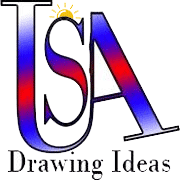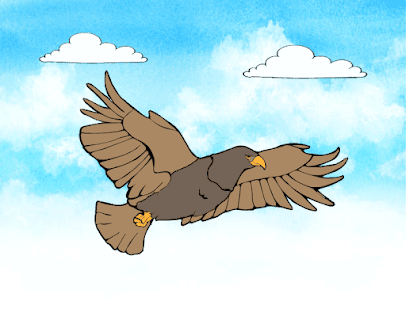Introduction
Assuming you've been charmed by the superb excellence of birds of hawks and need to catch their pith on paper, you're perfectly positioned. This step-by-step guide will take you through the method of drawing a shocking bird of hawk, regardless of whether you're a novice. Along these lines, snatch your sketchbook and pencils, and how about we set out on this creative excursion.
Materials You'll Need
Before we jump into the real drawing process, how about we assemble every one of the materials you'll require for this undertaking:
1. Sketchbook
A decent quality sketchbook with corrosive-free paper will guarantee your drawing endures.
2. Pencils
A bunch of pencils with fluctuating hardness (2H to 6B) for various concealing impacts.
3. Erasers
Both a worked eraser for accuracy and a customary eraser for bigger redresses.
4. Reference Picture
Track down an unmistakable picture of a hawk to direct your drawing. You can involve photographs or outlines as references.
Start
1. Concentrate on the Life structures
Start by noticing the hawk's life systems. Focus on its nose, wings, feathers, and particular elements.
2. Sketch the Fundamental Shape
Begin with a light pencil layout of the hawk's essential shape. Center around catching its stance and Extent.
Note: After learning this tutorial visit more Drawing ideas.
3. Add Subtleties
Step by step, add subtleties like the eyes, plumes, and claws. Utilize a sharp pencil for scarce differences.
Concealing and Finishing
1. Begin Concealing
Start concealing the bird of hawk's body with light strokes. Utilize a mixing device or at the tip of your finger to smear the concealing for a more reasonable look.
2. Feather Surfaces
Really focus on the plumes. Draw them with multifaceted lines and shadows to mirror their surface.
3. Eyes and Snout
Add profundity to the eyes and snout with more obscure overshadowing. The eyes ought to have an intelligent glimmer for authenticity.
Refining Your Drawing
1. Really take a look at Extent
Guarantee the Extent is precise by contrasting your drawing with the reference picture.
2. Refine Subtleties
Utilize a fine pencil to refine little subtleties and make fundamental changes.
3. Features
Add features to the plumes and eyes with an eraser to make a feeling of light and aspect.
Final Touch
1. Background
Consider adding a background to supplement your bird of hawk. A sky or woodland setting can upgrade the general synthesis.
2. Signature
Remember to sign your show-stopper. Your hawk drawing is a show-stopper, and it's vital to guarantee it is your own.
Conclusion
Drawing a hawk step by step can be a compensating experience, permitting you to exhibit the magnificence of these fantastic birds. Keep in mind that careful discipline brings about promising results, so be encouraged on the off chance that your most memorable endeavor isn't perfect. Continue to improve your abilities, and you'll make shocking hawk drawings for which you can be glad.
FAQs
1. What time does it require to become capable of hawk drawing?
Becoming capable shifts from one individual to another. You can see a huge improvement in a few months with reliable practice.
2. Could I involve shaded pencils for my bird of hawk drawing?
Totally! Shaded pencils can add dynamic quality to your hawk drawing. Simply guarantee you select the right tones for precision.
3. Where might I, at any point, find reference pictures of birds of a hawk?
You can find great reference pictures on untamed life photography sites, books, or even by looking at "hawk pictures" online.
4. Would it be a good idea for me to begin with a particular sort of hawk bird?
Novices frequently find it simpler to begin with a typical bird of hawk species like the Red-followed hawk before continuing toward additional mind-boggling varieties.
5. What's the most ideal way to practice hawk drawing?
Ordinary practice and concentrating on the life structures of hawks are critical. Joining workmanship classes or online instructional exercises can be useful for direction and criticism.









0 Comments